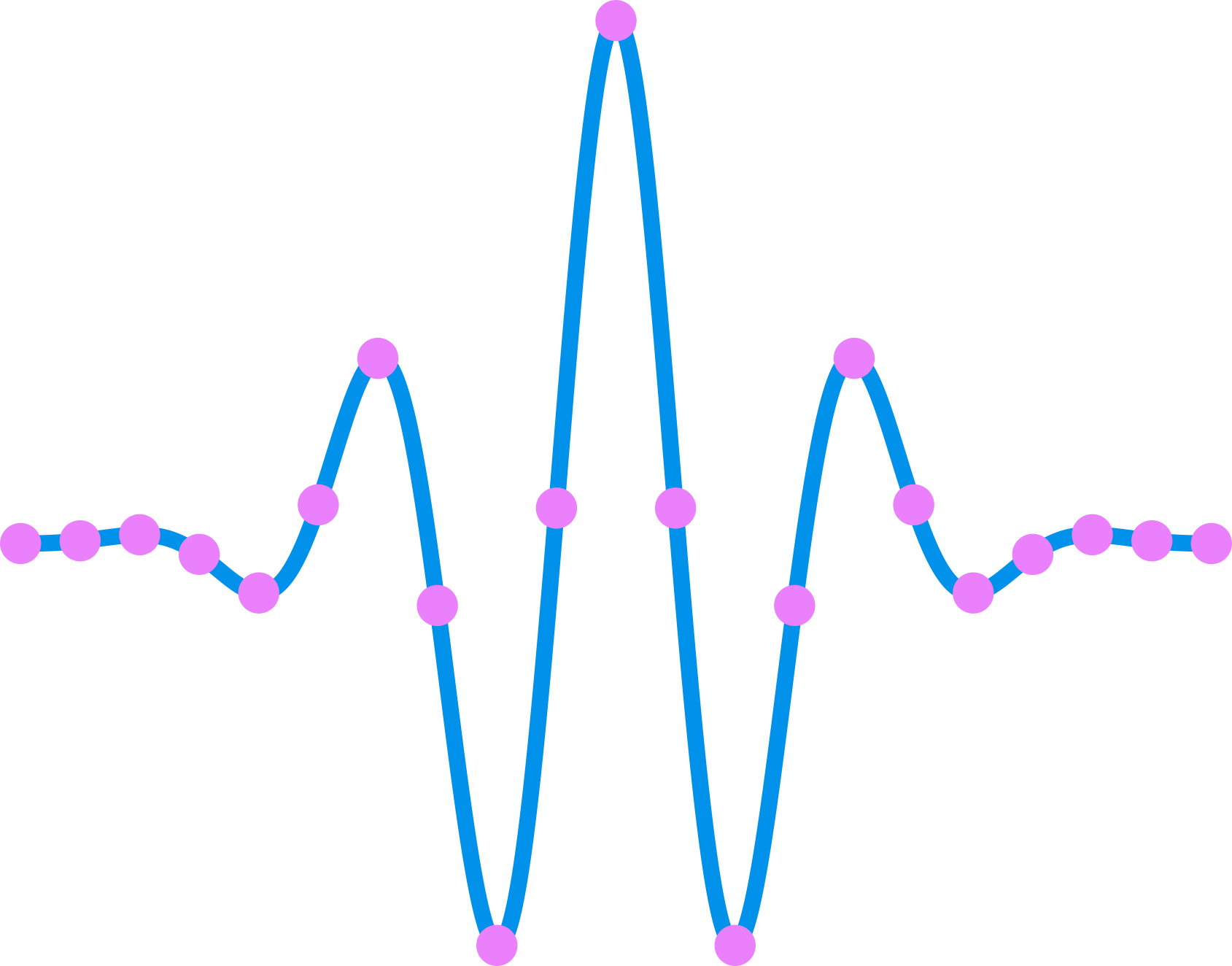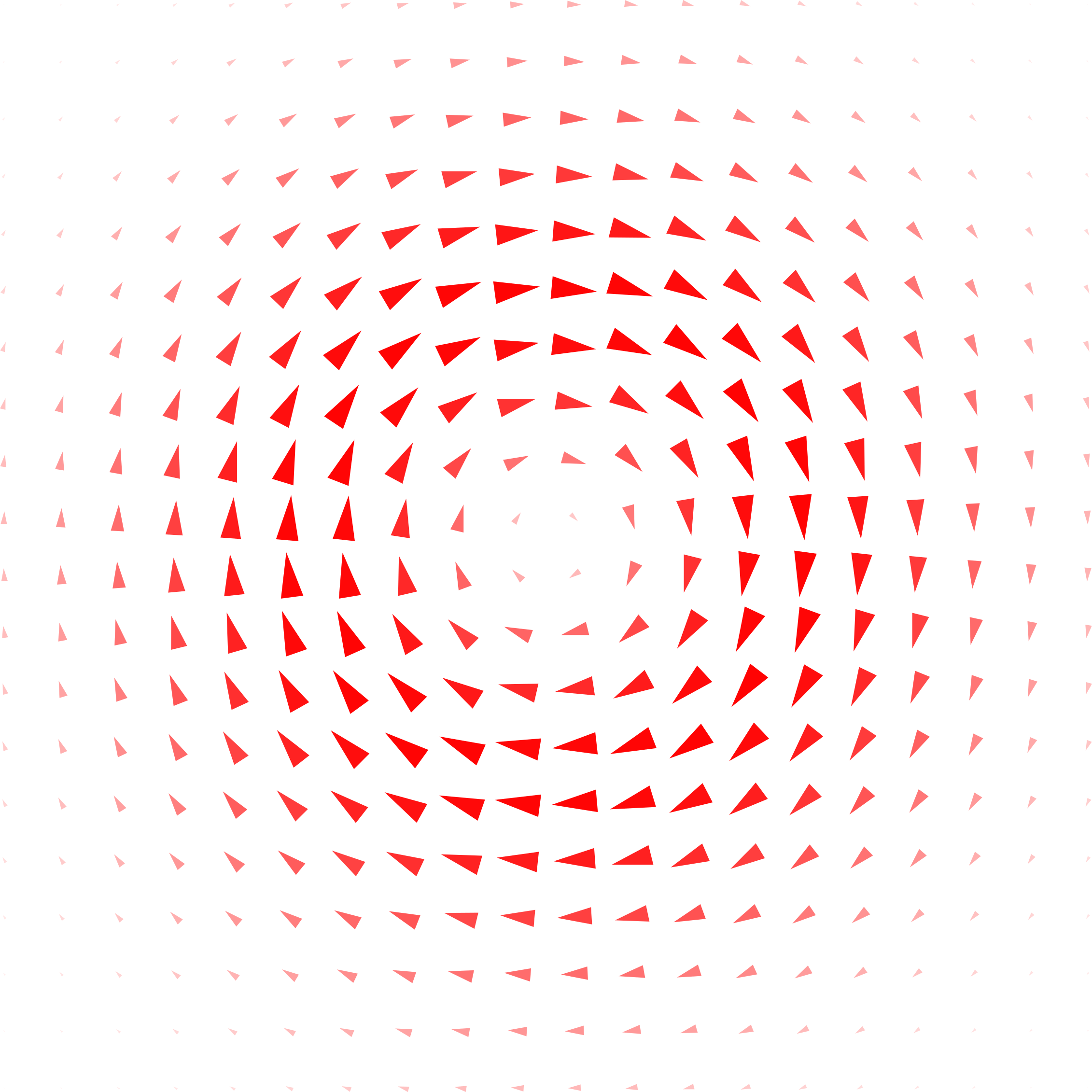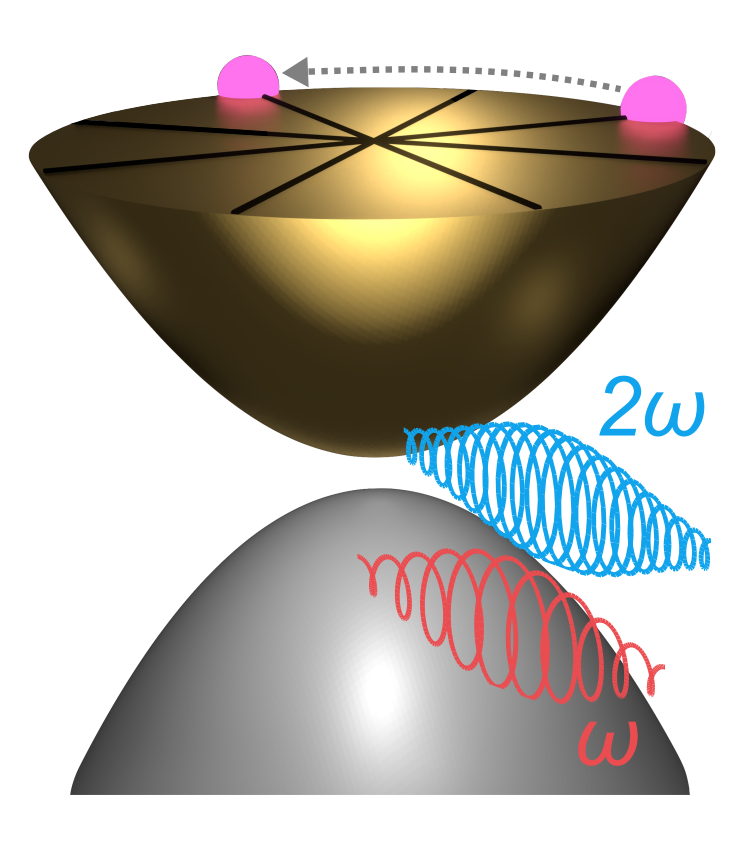petahertz-bandwidth waveform sampling

When a voltage waveform is applied to an electronic circuit, it becomes modified in a manner that is summarized by the circuit's response function. Measuring the waveform of the input and output signals using an oscilloscope provides time-domain insight into the circuit's response. In a similar manner, when light interacts with a material or device, a signature of the system's electric polarization response is imprinted onto the outgoing optical fields. However, the frequency of these optical fields is on the order of 100 THz (1 THz = 1012 Hz) - 1 PHz (1 PHz = 1015 Hz), considerably beyond the sampling bandwidth of state-of-the-art oscilloscopes. We use femtosecond laser pulses to sample optical fields spanning the terahertz, mid-infrared, near-infrared, visible, and ultraviolet spectral regions. Such a "petahertz bandwidth oscilloscope" enables us to precisely characterize laser pulses, and their interaction with materials and devices, directly in the time-domain.
structured light

Most laser beams have a "circular" shape. More precisely, the transverse intensity distribution of a conventional laser beam is a Gaussian function of its radial coordinate. However, the amplitude, direction, and phase of the local electric fields within a laser beam can, in general, take on more complicated arrangements. This class of light is referred to as "structured light". Structured light beams can have unique features, such as strong longitudinal electric or magnetic fields, or carry orbital angular momentum. Structured light beams have found utility in a variety of research directions, including optical tweezers, super-resolution imaging, and classical and quantum communications. We are particularly interested in generating very short structured light pulses and observing their interaction with magnetic systems and quantum materials.
quantum control in emerging materials

Just as fibre optic and electronic systems require an optoelectronic interface, so too will future quantum technologies. Coherence is a fundamental aspect of laser light, and can be thought of as a well-defined phase relationship existing within the optical fields, ideally at all points in space and time. When laser light with suitable properties is applied to a material, its coherence can be transferred to electrons in the material. Quantum mechanical effects can give rise to unique outcomes of the light-matter interaction, such as currents that persist after the optical fields subside or even the injection of pure spin currents. By merging aspects of attosecond metrology with structured light, we aim to optically control and measure quantum electronic phenomena in emerging materials with unprecedented precision. The resulting physical insight will be harnessed for the development of petahertz bandwidth quantum electronic devices and nanophotonic sensors.
novel femtosecond laser sources
Although modern femtosecond lasers provide very short light pulses, we aim to compress them to ever-shorter durations using nonlinear compression in hollow core fibres. By developing our own nonlinear compression technology, we gain fine control over the resulting light pulses and commensurate precision in the processes they can be used to steer and measure.